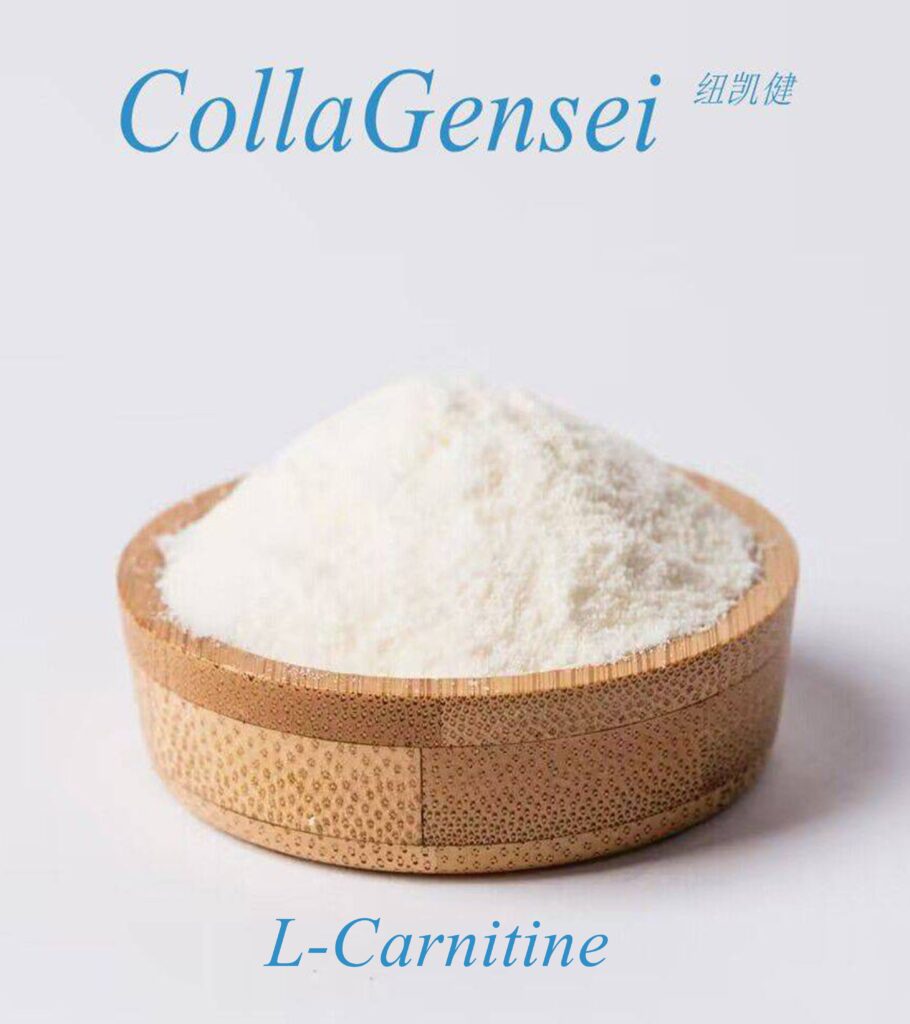Introduction
In the realm of nutritional supplements and pharmaceuticals, N-Acetyl-L-Cysteine (NAC) and N-Acetyl-D-Glucosamine (NAG) are two compounds that have garnered attention for their distinct health benefits. Both are derivatives of naturally occurring substances in the body, but they serve different functions and have unique applications. This article delves into a detailed comparison of NAC and NAG, exploring their chemical properties, health benefits, uses, and research findings.
Chemical Properties
N-acetyl-l-cysteine (NAC)
N-acetyl-l-cysteine is a derivative of the amino acid cysteine. Chemically, it is characterized by an acetyl group attached to the nitrogen atom of the cysteine side chain. This modification enhances the solubility of cysteine and improves its stability. NAC is well-known for its role as a precursor to glutathione, a potent antioxidant in the body.
Structure: NAC is chemically represented as C5H9NO3S. It contains a thiol group, which is crucial for its antioxidant properties.
Function: NAC is primarily used for its ability to replenish glutathione levels, a critical antioxidant that protects cells from oxidative stress and free radicals.
N-Acetyl-D-Glucosamine (NAG)
N-acetyl-d-glucosamine is a derivative of glucosamine, an amino sugar that is a critical component of glycosaminoglycans and proteoglycans in connective tissues. The acetylation of glucosamine enhances its stability and absorption.
Structure: NAG is represented chemically as C8H15NO6. It features an acetyl group attached to the amino group of glucosamine.
Function: NAG is involved in synthesizing and repairing cartilage and other connective tissues. It also plays a role in cellular communication and immune system function.
Health Benefits
N-acetyl-l-cysteine (NAC)
- Antioxidant Support: NAC is most renowned for boosting glutathione levels. Glutathione is a major antioxidant that helps neutralize free radicals, thereby reducing oxidative stress and protecting cells from damage.
- Respiratory Health: NAC is commonly used as a mucolytic agent, helping to break down mucus in the lungs. This makes it beneficial for individuals with chronic respiratory conditions such as chronic obstructive pulmonary disease (COPD) and cystic fibrosis.
- Mental Health: Emerging research suggests that NAC may benefit mental health conditions. It is being studied for its effects on mood disorders such as depression and bipolar disorder, possibly due to its impact on neurotransmitter systems and oxidative stress.
- Detoxification: NAC is critical in detoxification pathways, particularly in the liver. It is used as an antidote in cases of acetaminophen (paracetamol) overdose, where it helps to replenish glutathione and mitigate liver damage.
- Immunity: By supporting glutathione levels, NAC may enhance immune function. Glutathione is essential for maintaining the health of immune cells and defending against infections.
N-Acetyl-D-Glucosamine (NAG)
- Joint Health: NAG is often included in supplements to support joint health. It helps in the synthesis and maintenance of cartilage, potentially alleviating symptoms of osteoarthritis.
- Digestive Health: NAG is a component of mucosal tissues in the gastrointestinal tract. Supplementation may support gut health by promoting intestinal lining integrity and reducing inflammation.
- Immune Function: NAG plays a role in immune responses and cellular communication. It forms essential glycoproteins for cell signaling and immune system regulation.
- Skin Health: NAG has been investigated for its potential benefits in skin health, including its role in improving skin hydration and elasticity. It may also have anti-aging effects by supporting hyaluronic acid synthesis, a vital extracellular matrix component.
Applications and Uses
N-acetyl-l-cysteine (NAC)
- Medical Uses: NAC is used clinically as a treatment for chronic bronchitis cystic fibrosis and as an antidote for acetaminophen overdose. It is also studied for its potential use in treating neurodegenerative diseases, psychiatric disorders, and metabolic syndrome.
- Supplement Form: NAC is available over the counter as a dietary supplement. It is commonly used to support overall antioxidant levels, respiratory health, and detoxification.
- Pharmaceutical Research: Ongoing research explores NAC’s potential in various therapeutic areas, including cancer treatment, cardiovascular health, and neuroprotection.
N-Acetyl-D-Glucosamine (NAG)
- Joint Health Supplements: NAG is often included in dietary supplements to improve joint health and manage osteoarthritis. It is frequently combined with other glucosamine derivatives, chondroitin, and MSM (methylsulfonylmethane).
- Digestive Health Products: NAG is used in supplements designed to support gut health and manage inflammatory bowel diseases. It is included in formulations to improve gut barrier function and reduce digestive inflammation.
- Skin Care: NAG is used in topical formulations for its potential benefits in enhancing skin hydration and elasticity and reducing the appearance of fine lines and wrinkles.
Research and Clinical Trials
N-acetyl-l-cysteine (NAC)
Numerous studies have investigated NAC’s efficacy in various health conditions. For example, clinical trials have demonstrated its effectiveness in reducing symptoms of chronic bronchitis and improving lung function in individuals with COPD. Research on its role in mental health disorders is ongoing, with preliminary studies showing promising results in conditions like bipolar disorder and schizophrenia.
N-Acetyl-D-Glucosamine (NAG)
Clinical trials involving NAG have primarily focused on its effects on joint health and gastrointestinal conditions. Studies have shown that NAG supplementation can improve joint pain and function in individuals with osteoarthritis. Research on its role in gut health is also promising, with evidence suggesting that NAG may help maintain intestinal barrier function and reduce symptoms of inflammatory bowel disease.
Safety and Side Effects
N-acetyl-l-cysteine (NAC)
NAC is generally considered safe when used as directed. Common side effects include gastrointestinal symptoms such as nausea, diarrhea, and abdominal pain. Rarely, severe allergic reactions and skin rashes may occur. Long-term use should be monitored, especially in individuals with kidney or liver conditions.
N-Acetyl-D-Glucosamine (NAG)
NAG is also generally well-tolerated. Side effects are typically mild and may include gastrointestinal discomfort or allergic reactions. It is advisable to consult a healthcare provider before starting NAG supplementation, especially for individuals with shellfish allergies (as glucosamine is often derived from shellfish) or other health conditions.
Conclusion
N-acetyl-l-cysteine and N-acetyl-d-glucosamine are two distinct compounds with unique health benefits and applications. NAC is celebrated for its antioxidant properties, respiratory benefits, and role in detoxification, while NAG is valued for its contributions to joint health, digestive function, and skin care.
Understanding the differences between NAC and NAG can help individuals make informed choices about their supplementation based on their specific health needs. As always, it is essential to consult with healthcare professionals before starting any new supplement regimen to ensure safety and efficacy.
Ongoing research continues to explore these compounds’ full range of benefits and potential applications, providing hope for new therapeutic options and improved health outcomes in various areas.




